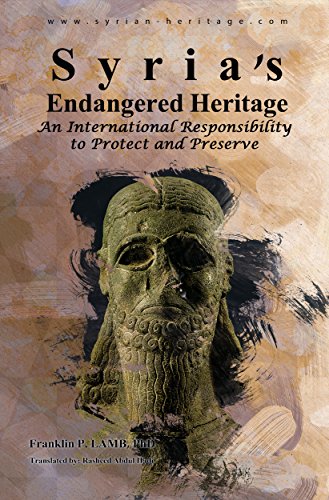The Iranian regime also operates two dozen different security organizations, in addition to the Ministry of Intelligence, the IRGC Intelligence Organization (IRGC-IO), and the Intelligence and Public Security Police (PAVA), a branch of the NAJA. All of them are overseen by the Supreme Leader and all work exclusively to protect the regime.
These organizations also have control over Iranian society through the Herasat and IRGC-IO. The Intelligence Ministry has established Herasat branches in every civilian organization and all of the Universities in the country. Their main job is to identify and neutralize perceived security threats. Herasat officials reportedly surveil employees by monitoring their communications and act as informants, and influence hiring and firing practices.
PAVA, the Public Security Police (PAVA), a branch of the NAJA is responsible for gathering intelligence in neighborhoods and penetrating Iran's guilds, arresting any workers who are deemed too subversive. To do so, it runs a network of local informers (mokhber mahali) to collect news and rumors. PAVA has also been tasked with conducting religious activities and ferreting out homes used for Christian worship.
The regime controlled judiciary, according to Iranian sources, is another key part of Iran's coercive apparatus currently being used against protestors. The regime operates numerous extraconstitutional courts, the Special Court of the Clergy specializes in silencing dissident clerics and the Islamic Revolutionary Courts try dissent against the regime cases. These court were used to suppress uprisings, including the 1992 riots in Mashhad and Shiraz (where some demonstrators were sentenced to death during summary trials) and the 2009 Green Movement, where 30 activists were killed, and hundreds were sentenced to long-term imprisonment.
Color coding Iran's protesters
At any given time, Iran's security condition, is assigned one of four colors: white, gray, yellow, and red. White is everyday public order. Gray is when unorganized opposition peacefully undermine public order, with no sign of violence. In that case, the police are mainly responsible for controlling the situation and maintaining order. Basij offices help the police quash any strikes, while Herasat personnel help gather intelligence and identify protestors.
If the police cannot control a given situation and the crisis intensifies, the regime invokes condition yellow, in which an organized opposition has begun more violent forms of protest such as disrupting order, blocking public spaces, and attacking public buildings. In response, the Basij are required to work more closely with the police by intensifying their intelligence activities and increasing their patrols and checkpoint stops. Plainclothes Basij officers are responsible for penetrating demonstrations, identifying activists, and misleading protestors. Other Basij members deploy near police personnel, recording videos and occasionally attacking people. In some cases, they use motorcycles to take control of the streets, contain unrest, and intimidate protesters, using force as needed to scatter people.
Finally, if the above measures fail to reestablish control, the security level increases to condition red, defined as a crisis in which revolts have expanded throughout the country and the opposition is using weapons. In this case, the IRGC takes full control of internal operations, and all other forces must work with the Guards to restore control. During the current protests, IRGC forces have reportedly been deployed in three provinces to smash demonstrations.
Following my hosts two-hour detailed description of how government security forces will attack their demands, my Iranian friends gazed at my chagrined face and pursed lips with a touch of concern and empathy. And, bless them, they tried to assure this observer that all was not hopeless. They explained to me that I should take some solace from the fact that they, and many Iranian protesters know a lot of the security forces, especially the Basij some of whose members may be neighbors, friends, or relatives.
Although the regime has spent a lot of money on security groups, Iranian friends question how reliable or disciplined they sometimes are when it comes to beating, terrorizing and arresting their own community.
Many in the security services also themselves suffer from economic and other regime caused problems. Moreover, morale and cohesion are impacted by the social makeup of individual units, as well as the social and class cleavages present in Iranian society. This has been a serious problem for the regime during the current protests because many security personnel are reportedly drawn from the country's lower and lower-middle classes and its smaller cities. These are the same people they are being ordered to suppress .
I am advised that there is also speculation that cracks may be appearing among the Republican Guards leading to a domino effect shaking the regime. History vaguely instructs that the tipping point for a repressive regime often comes-sometimes suddenly-when those tasked with internal repression sympathize with the protesters and either stand down or declare their rejection of the regime.
Today there is much concern on University campuses in Iran for students and other citizens who have been "disappeared" by regime forces.
(Note: You can view every article as one long page if you sign up as an Advocate Member, or higher).





